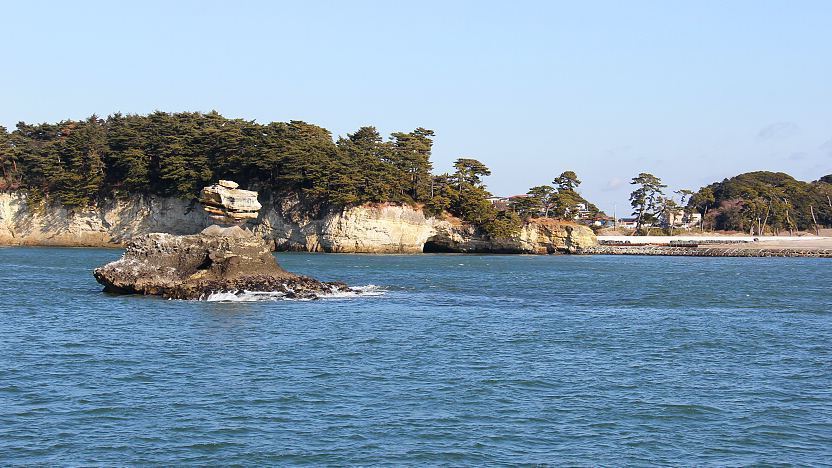My Selected Work of Art
| Waves at Matsushima by Tawaraya Sōtatsu 17th century |
The way that it represent Japan in its Edo period is its expression to the landscape of Matsushima, although not 100% accurate, but we can learn from this work of art in which what Matsushima looked like in the Edo period. The one way that I think of this work of art could deviate from would be its total difference to Western Rococo and Neoclassicism art style which existed in about the same era, it only and fully expresses the beauty of Japanese landscape rather than social preferences or ideas. The legacy of this artist was determining to the Japanese art style, as he had devoted into this type of folding screen which became exalted in Japanese culture.
My Research
 |
| Matsushima Bay in Japan today |
My Experience
The origin of these Japanese arts related my theme of individuals and authorities in a way because we can see that the rulership of the Mongol indirectly assisted the thriving of Japanese art style, which later we could see more unique personality from it, "Some characteritics may be observed rather easily: the flattening of the surface (often treated with distinctive colors) and the love for pattern-like arrangements or designs."(What Makes Japanese Painting Japanese 16) Anyways, through viewing Japanese art, I do really sense a great synergy in which landscape art expresses the wonders of Japanese, which developed my longing and sensation to viewing these great places in person.
Waves of Matsushima Curator Tour - Youtube - by Smithsonian's National Museum of Asian Art
“Matsushima Bay.” Www.japan-Guide.com, www.japan-guide.com/e/e5101.html. Accessed 18 May 2021.
Ohki, Sadako. “What Makes Japanese Painting Japanese?” Yale University Art Gallery Bulletin, 2007, pp. 64–81. JSTOR, www.jstor.org/stable/40514679. Accessed 18 May 2021.
Smithsonian's National Museum of Asian Art - “Waves of Matsushima Curator Tour.” Www.youtube.com, www.youtube.com/watch?v=NHK10w-yjzI. Accessed 18 May 2021.
Smithsonian's National Museum of Asian Art - "education-sotatsu.pdf" https://asia.si.edu/wp-content/uploads/2017/07/education-sotatsu.pdf. Accessed 18 May 2021.
Comments
Post a Comment